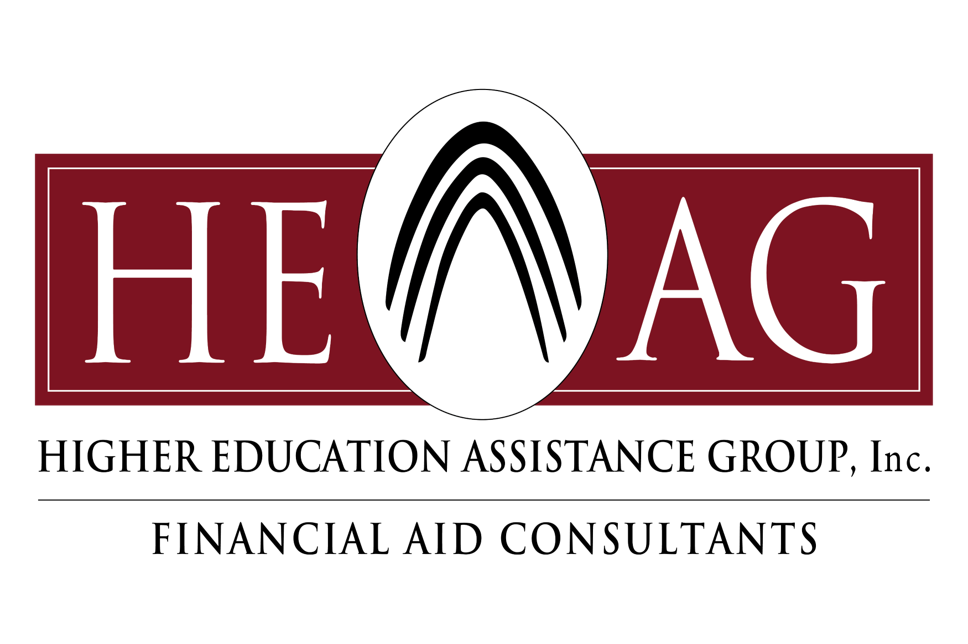The Coronavirus Aid, Relief, and Economic Security (CARES) Act, signed into law on March 27, contains assistance for all types of higher education institutions. The first allocation of funds, $6 billion in total, has already started disbursing to colleges and universities. These funds are to be used solely for emergency grants to students. There’s not a lot of specific guidance on usage; however, one thing the Department of Education (ED) made clear is that it is not be used to reimburse institutions for funds already laid out to assist students. Individual allocations are based on a formula developed by Congress which is heavily weighted by the number of Pell-eligible students enrolled. A second allocation of $8 billion will be issued in the near future. ED has indicated guidance will be provided about usage of these funds in about two weeks. To obtain funds, institutions must complete the Funding Certification and Agreement. See this Department of Education notice for further instructions and to complete the process.

In addition to these direct payments, the CARES Act has provisions for how institutions can use existing federal financial aid programs to support students through this difficult time. During the period of “Qualifying Emergency” which began on March 1st, 2020, institutions are allowed to:
- Use the non-federal, institutionally paid portion of Federal Work Study (FWS) and Federal Supplemental Education Opportunity Grant (FSEOG) to provide emergency funding to students, but doing so will reduce the amount of funds available for normal awarding procedures.
- Transfer the full allocation of Federal Work Study into the Federal SEOG fund to make emergency grants to students. Note the normal eligibility criteria for federal funds still applies, but some of the awarding rules have been relaxed – see this NASFAA link for more information.
- As long as students remain enrolled, the Financial Aid Office will not need to perform Cost of Attendance adjustments, even if the institution is refunding a portion of tuition or housing costs. However, Return to Title IV (R2T4) calculations must still be completed for students who have withdrawn. R2T4 calculations processed prior to March 1st do not have to be amended to reflect the current situation.
Finally, it is important to consider that any emergency assistance offered under or allowed by the CARES act is considered estimated financial assistance – including credits being offered for future tuition and/or housing costs. When awarding emergency funds or otherwise funding students beyond the original aid package, administrators should use professional judgement to increase the cost of attendance, if applicable, in order to mitigate the effect and allow the student to receive the most benefit from the emergency funds allocated. Lastly, although the students and probably the administration is no longer on campus, institutions must continue to follow the Title IV refund rules.
You can find more information about providing emergency funds to your students and a myriad of other regulatory topics on NASFAA’s COVID-19 page.




